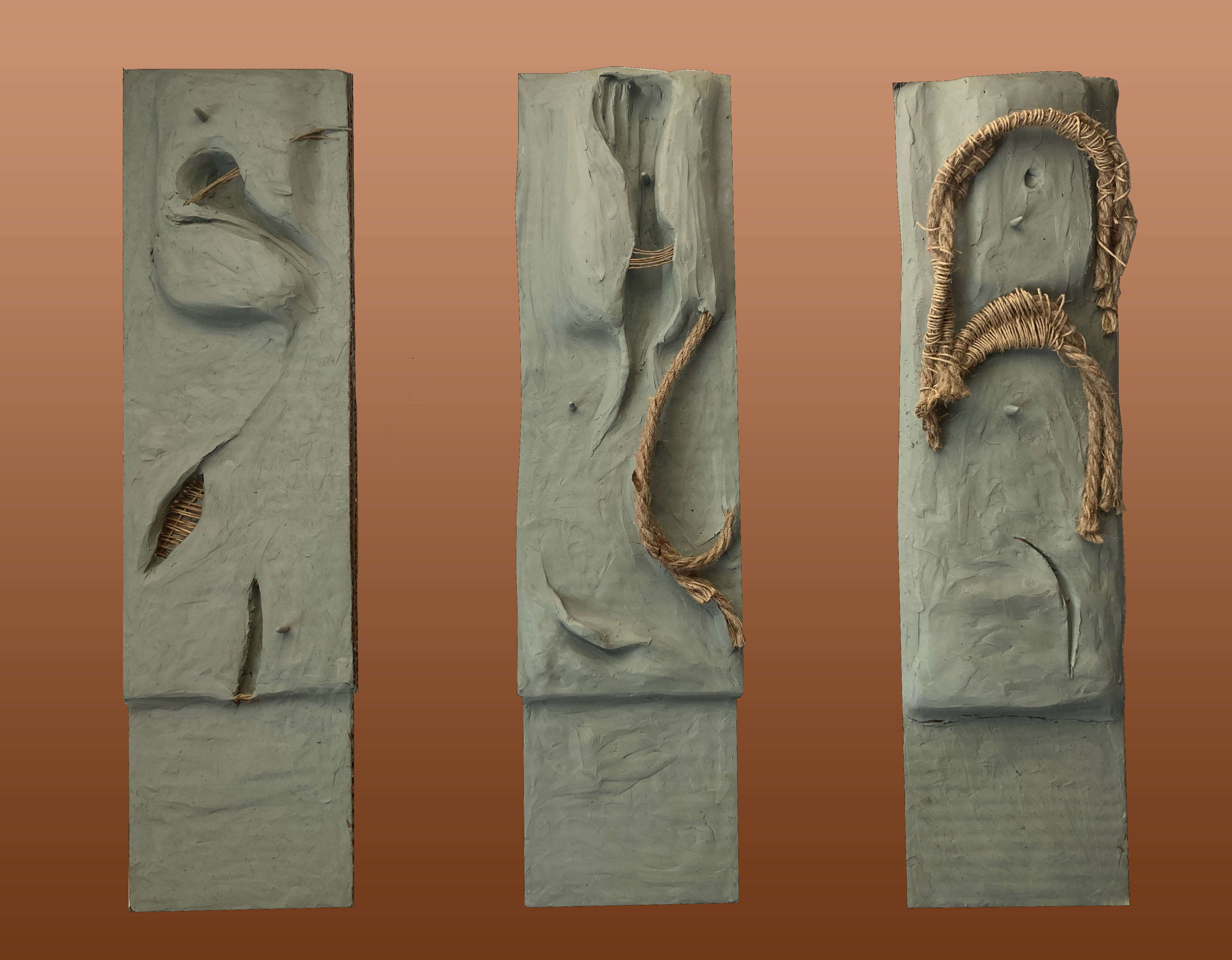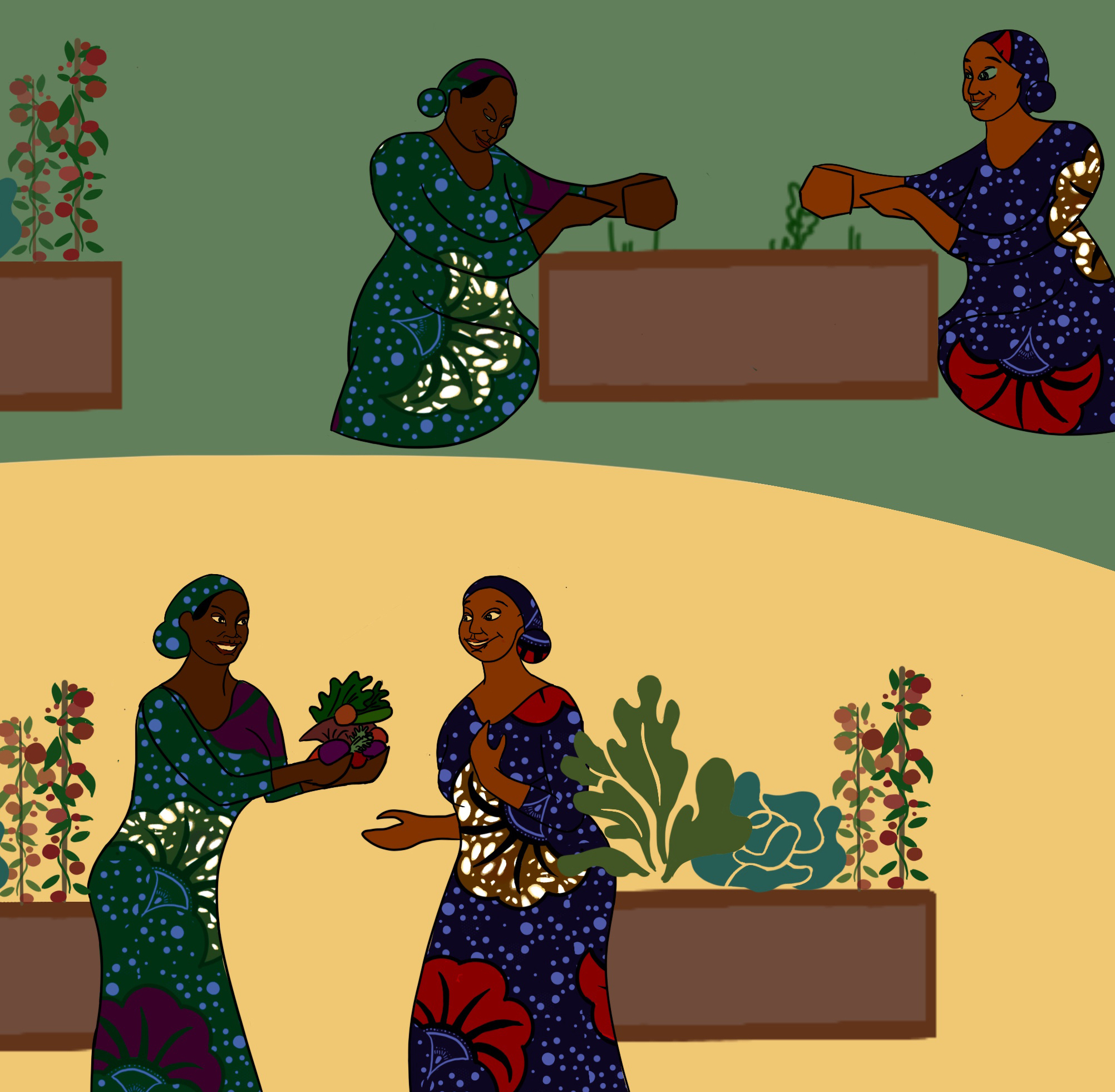Holding and Mending Hard Pasts and Soft Futures
Fall 2021Sycamore Landing, Lincoln, RI
Geo-Textiles: Landscape Arch Adv. Studio
On exhibit at the RISD Museum: Gelman Gallery


The Blackstone River and its surrounding urban environments are colonial constructions of land through violent extractive practices. The rapid development of the Industrial Revolution and the accumulation of White wealth led to the erasure of Indigenous knowledge and histories. This violent regime has shaped the hard separation of land, water, and labor to be extracted and exploited. We see the remains of this through scattered lumps of buried landfill at the site of this project.
The Nipmuc and Narragansett tribes have and continue to live in respect with the land and its resources. This woven structure envisions a space of solidarity, encouraging one to look upon the past wounds of the land and people with curiosity, and then inspire us to honor the land and each other.
The imagined structure is a series of plant fiber net sacks filled with fallen autumn leaves. Community is needed to construct the sacks; this process may encourage them to reflect on themes of erasure (the hidden leaves), mending (the sacks together), and holding (space and joy).
The Nipmuc and Narragansett tribes have and continue to live in respect with the land and its resources. This woven structure envisions a space of solidarity, encouraging one to look upon the past wounds of the land and people with curiosity, and then inspire us to honor the land and each other.
The imagined structure is a series of plant fiber net sacks filled with fallen autumn leaves. Community is needed to construct the sacks; this process may encourage them to reflect on themes of erasure (the hidden leaves), mending (the sacks together), and holding (space and joy).
Photos of the site’s current conditions from the entrance of the site, looking at the edge of the hill, looking back at the river from the lower ground, and at the water’s edge. An unused red shed which once held a water pump obstructs the view of the water.
The Friends of the Blackstone is an organization which currently stewards this land along the Blackstone river. The hill and surrounding landscape used to be a landfill, but is now open to the public with trails and recreational activities.






1. Map of Indigenous tribes within the Blackstone Watershed
2. Site Section of current conditions from entrance area to the river
2. Site Section of current conditions from entrance area to the river
Through research and listening to Nipmuc stories, I developed a Lexicon which illustrates the Nipmuc tribe’s relationship to their land, as a result of the impacts of colonization. The drawings process the human-body to land relation. The weavings describe through material qualities, color, and pattern. The clay models imagine what might occur on the site’s hill, as the verbs are performed.

The test models (left) capture all the verbs identified in the lexicon. For example, rupture is conveyed through digging into the hill to reveal the site’s burried landfill. Mending works to bridge this rupture. Holding is practiced in the weaving structure looking towards the hill.
From conversations with Friends of the Blackstone, rupture digging into the hill would show rocks which had been moved to build the hill decades ago. The weaving structure seemed most fruitful in conveying the re-making of the Nipmuc communities relationship to land.
The model represents natural sacks stacked and tied together creating a gradual stepping from the top of the hill down towards the river. The structure orients itself to the curving path of the river.
1:1 test completely filled with leaves
Packed leaves are dense enough to sit comfortably on, yet leave a soft trace of memory from applied weight. With the passing of seasons the fallen autumn leaves will decompose into soil, allowing for natural plant growth, and asking the community to return to the practice of refilling and mending the sacks.




Entering the structure from the elevated ground area
︎︎︎ ︎︎︎ ︎︎︎
︎︎︎ ︎︎︎ ︎︎︎









